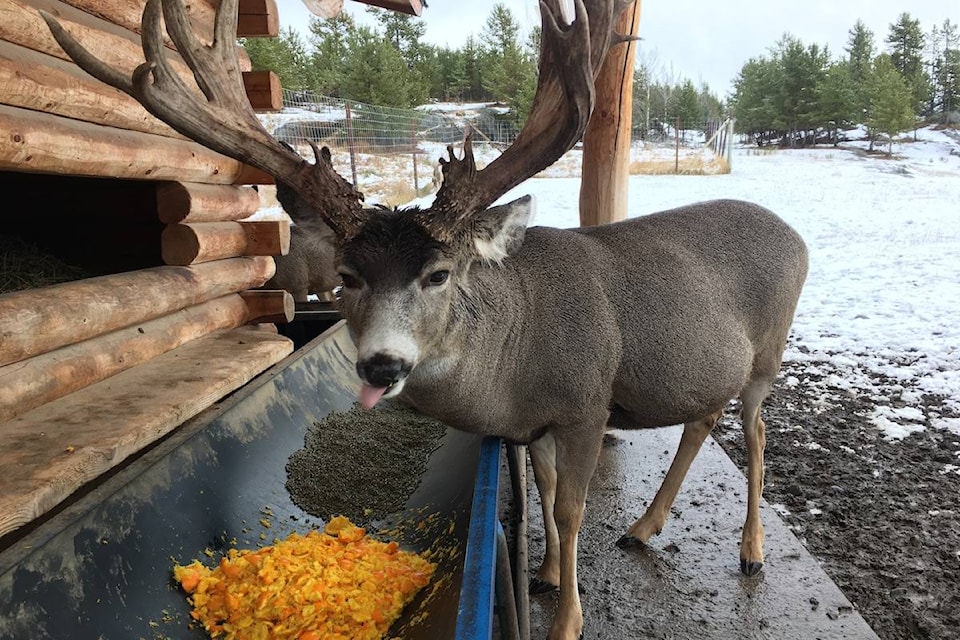By Tess van Straaten
Seeing the northern lights and watching the magical and mythical aurora borealis dance across the night sky has always been a bucket list item for me. So when I was asked if I wanted to go to the Yukon for the weekend, I jumped at the chance!
“We actually have one of the longest aurora seasons in the world, from late August until early April, so people don’t have to brave the cold for them,” explains Tourism Yukon marketing coordinator Jennifer Glyka, a rare born-and-raised Yukoner.
Flying into Whitehorse in mid-October, I ask for a window seat — eager to see the expansive and breathtaking territory for the first time. There are stunning mountains and a multitude of pristine lakes and rivers and with a total population of just over 38,000, the Yukon has two times more moose than people.
When we land, it’s snowing and the heavy cloud cover doesn’t bode well for seeing the lights on our first night. Famished, we head to The Deck Restaurant, aptly named as it has one of the largest outdoor patios in the city. It’s also famous for its gold rush era relics, quirky signs and interesting memorabilia. My friend, Andrea, and I both order the lunch special — Alaskan rockfish burgers and a spicy Creole fish soup. It’s delicious and would rival any big city eatery.
With the skies clearing, I head out on foot to explore Whitehorse. It’s a short stroll to Main Street to peruse interesting shops and the nearby MacBride Museum of Yukon History. I follow the paved Millennium Trail, a five-kilometre loop along the mighty Yukon River, back to our hotel and stop at the SS Klondike. The famous paddle steamer ran freight to Dawson City decades ago and is now a national historic site.
With the northern lights still eluding us, we decide to go on a wildlife and hot springs tour. Our guide from Northern Tales, Tom Thurmer, has been doing wilderness tours for more than 25 years and it’s clearly his passion.
“What I love most about the Yukon is the wilderness — the vast, unspoiled wilderness,” says Thurmer, who moved to the Yukon from Germany 30 years ago.
He’s taking us to the Yukon Wildlife Preserve, a 700-acre preserve about 30 minutes north of the city that has more than 12 species of northern and arctic animals and guarantees sightings. As soon as we pull up at the park gate, I see a massive bison sauntering ahead of us and a big elk bull to our left. I can’t wait to get out of the van to start taking pictures.
The animals are in their own habitat, but many come close to the fence and we’re able to get very close to a bull moose sitting under a tree, a huge and hairy mountain goat, majestic elk travelling in family groups, curious mule deer chomping on orange peels, a Canadian lynx waiting to pounce on its prey and an adorable arctic fox who’s fur is turning white so it blends in with the snow. We also watch large thinhorn sheep lying in snow, showing off their impressive curled horns.
Thurmer is a wealth of knowledge and explains why a male muskox is pacing back and forth (he was trying to find a way to get to the females), shows us the difference between elk, deer and moose antlers, and points out caribou hiding among the trees. By the end of the afternoon, we’ve seen 11 different northern species.
Exhilarated — but freezing despite a parka and snow boots — we head to nearby Takhini Hot Springs. A popular spot for locals and tourists alike, the outdoor thermal mineral pool is fed by a natural hot spring. As we walk into the pool, steam is rising off the surface and snow is falling down on us, a truly magical end to our trip. And while we may not have seen the northern lights, there’s always next time.
